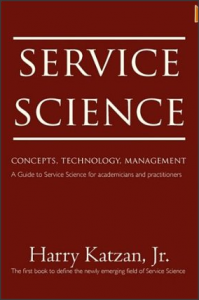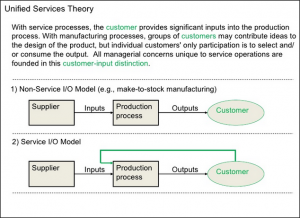After spending the last few months investigating Actor-Network Theory, Organisational Justice Theory, Institutional Theory, socio-technical systems, service systems, sensemaking, service science and team change I have FINALLY had an epiphany that has led me to a much more concrete and plausible research topic.
I found a PhD thesis Managing Organizational Change during Institutional Upheaval, Bosnia-Herzegovina’s Higher Education in Transition by Dijana Tiplic. After reading through the thesis I realised that where I am working is an organization in upheaval. A new Vice Chancellor will be starting in January and this change at the top is already causing uncertainty throughout the organization.
I felt that the word upheaval seemed a bit loose so decided on turbulence. I have found that this is a good choice as turbulence is actually a technical term relating to large scale organizational change either as an external influence or an internal one. Some external turbulences include the outbreak of the First and Second World Wars, the 1929 Stock Market crash, the 2008 financial crisis, changes in legislation affecting businesses such as tax changes, interest rate changes etc.
Internal turbulence can be produced by a change in the Chief Executive Officer, a major IT infrastructure implementation either one that succeeds – look at the introduction of ICT’s into the newspaper industry by News International, or one that fails and almost or completely destroys the company.
I have realized that there is a good link between sensemaking in organizations, institutions, turbulence and change. These concepts are all active where I work and as the organization and it’s institutions are on the verge of a turbulent change (new CEO) this is an opportunity too good to pass up.
I am going to use the situation to investigate how an organization controls change in turbulent times and make the transition from one leader and associated ideas to another. Staff in the organization are concerned and apprehensive about the future and are anticipating significant changes. There is a view that the university will be transformed from a faculty based structure to a schools based one. This view tends to be based on the fact that the new VC’s ex-university is a schools based organization.
Speaking to various people in the organization there is a strong view that the whole place is going to be transformed into a new structure. People I speak to about the new VC tend to speak as though they are justifying their positions. I have noticed that there has been an increase recently in a focus on managing performance. This seems to be related to people / managers in the organization justifying their position or the position of their team. There is also a feeling of uncertainty amongst some staff that this change might be an opportunity to remove them.
The challenge for the organization is to manage the turbulence so that it successfully emerges stronger and better positioned in the market i.e. profitable.
So the title of my thesis is going to be: Making sense of the organization in turbulent times. I’ve Googled this title and it does not seem to exist!


